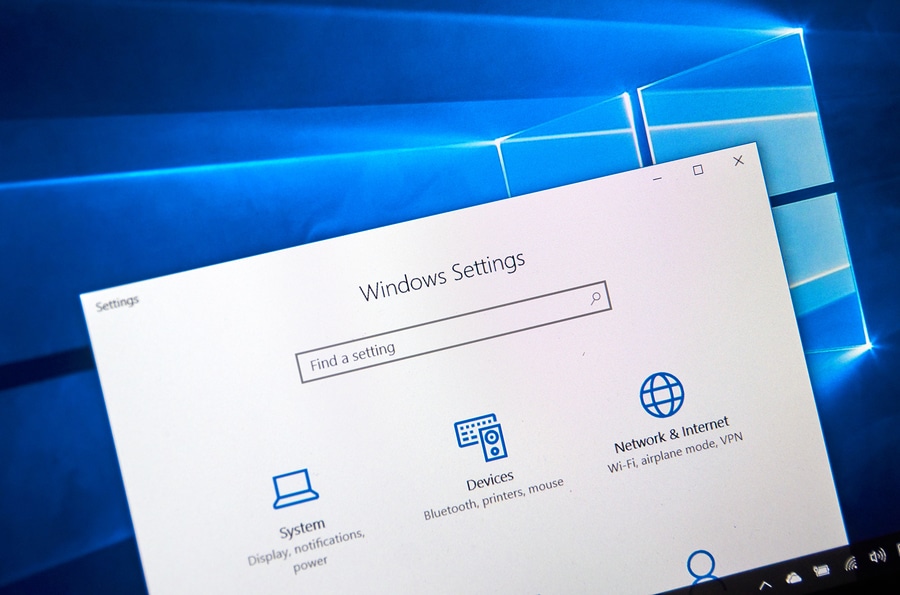Windows 7 to Become Obsolete by the End of 2018: Time for a Hardware Refresh

Turnover in technology is nothing new. Ever since the beginning of the industrial revolution, technological advances seem to occur at an ever-quickening pace, as evidenced by the rapid innovations in computing, mobile, and internet technologies over the last few decades. It’s hard to believe that the iPhone debuted just over a decade ago, forever changing the communications and information landscape.
For businesses, this can pose a real problem. The cost of updating hardware and software can be immense, depending on the type, size, and needs of a given operation. In addition, the challenges of rolling out new equipment and programming and onboarding employees can be daunting.
With careful planning, the right technologies could keep a company functioning at peak performance levels for several years. However, upgrades will eventually become necessary as equipment and programs become outdated, limiting a company’s ability to operate and remain competitive. Case in point: Windows 7, which is slated to become obsolete by the end of this year.
This lauded operating system has served us well since it’s launch in 2009, and if you’ve been using it since it debuted, you’ve had a fairly good run in terms of the technological life cycle. Now it’s time to upgrade to Windows 10, a fully supported platform, and you should think about refreshing your hardware simultaneously to ensure optimal integration with current and emerging software.
With the countdown clock running on Windows 7, it’s time to get moving on a rollout plan for Windows 10, and this starts with a comprehensive assessment of your current infrastructure to determine if a complete overhaul is necessary. Whether you have a dedicated IT department or not, it’s smart to work with third-party professionals that can help you audit your system and decide on necessary upgrades.
From there you’ll have two main challenges ahead of you: how to implement your new system and what to do with the old one. Luckily, there are service providers that can assist you on both fronts. Many managed service providers (MSPs) are capable of recommending new hardware and software solutions, even helping you to build an entirely new infrastructure from the ground-up if necessary, and their forward-thinking mentality includes ongoing concerns like security, maintenance, disaster recovery, and more.
However, you’ll also have to make sure that you properly dispose of old hardware when you elect to refresh your technology. This is where a certified ITAD service provider can help. You’ll want to find a service that meets the highest standards for compliance with data destruction regulations and privacy laws, as well as environmental stewardship.
When your Sioux Falls business is ready to upgrade to Windows 10 and destroy and recycle outdated hardware, or alternately, pursue secure hardware refurbishment and resale for the purposes of return on investment, contact SEAM at 605-274-SEAM (7326) to get started.

SEAM provides IT recycling and data destruction services including onsite shredding and hard drive wiping to South Dakota, North Dakota, Minnesota, Iowa, and Nebraska.
Schedule a pickup or contact us for more information.





